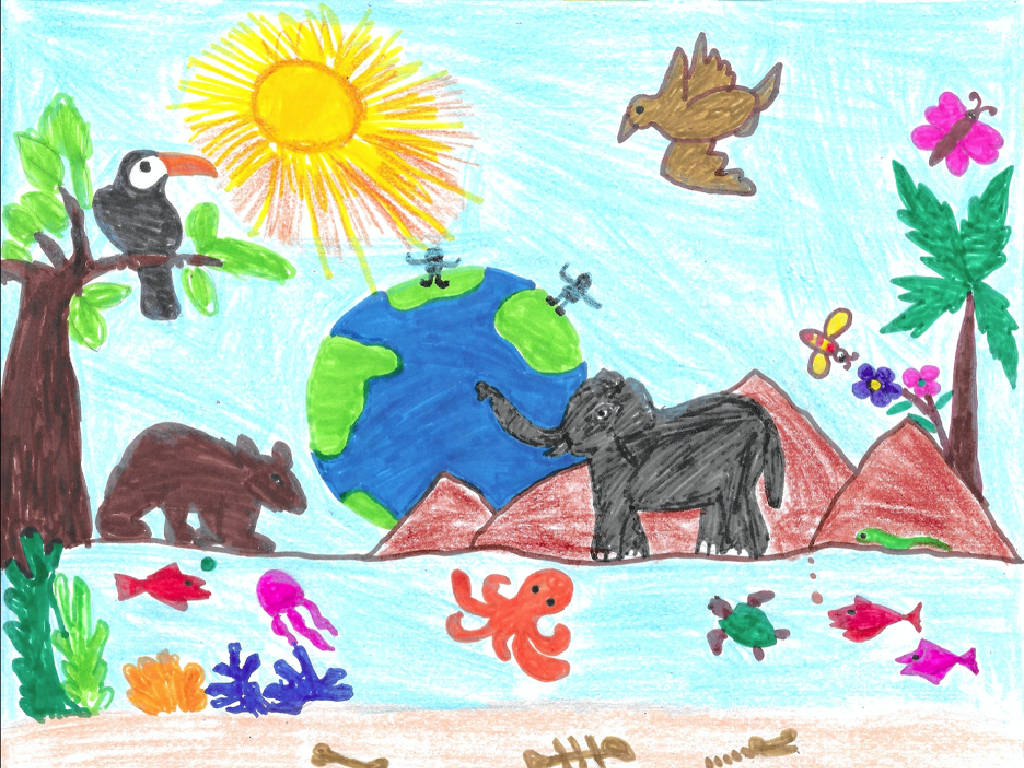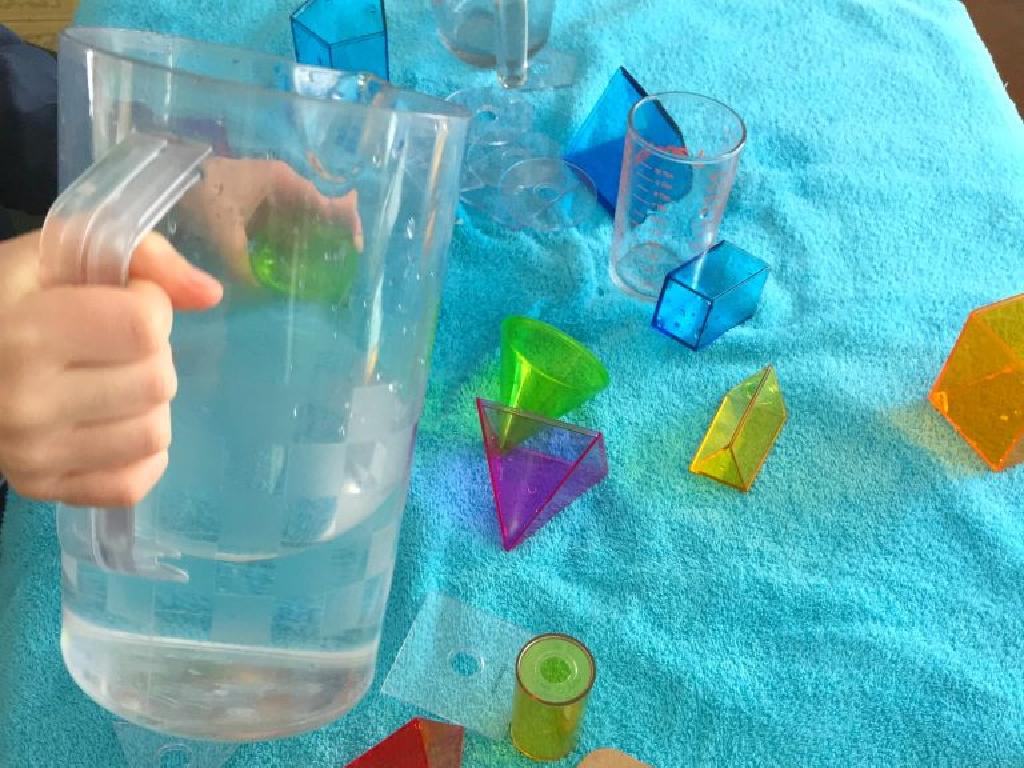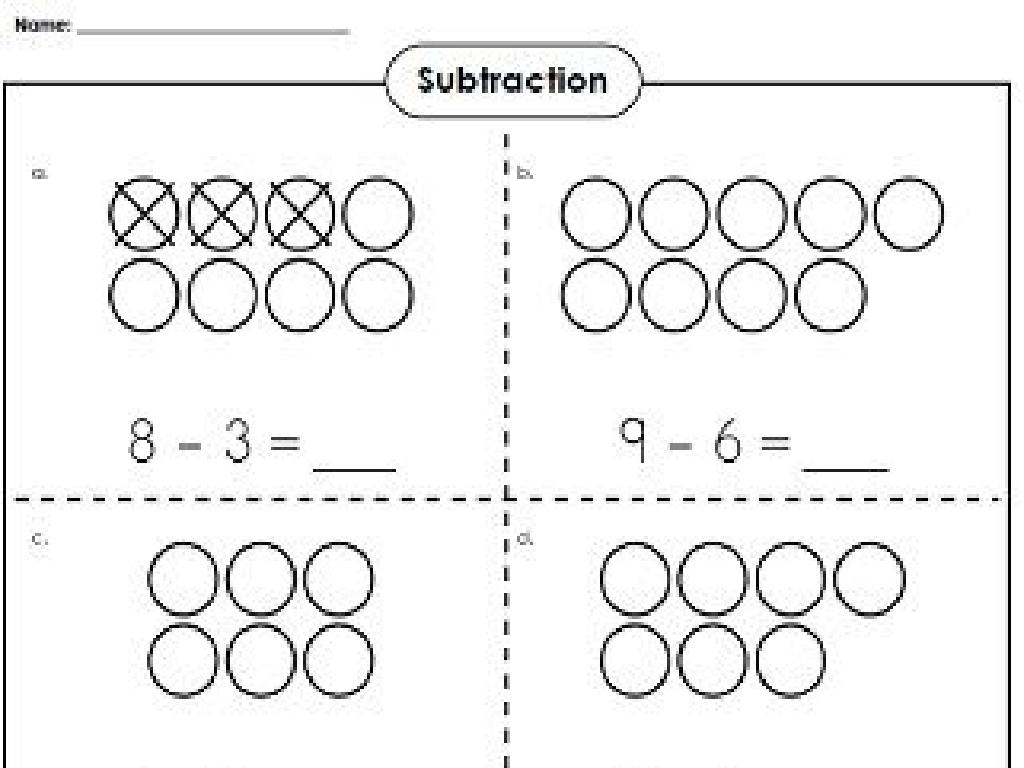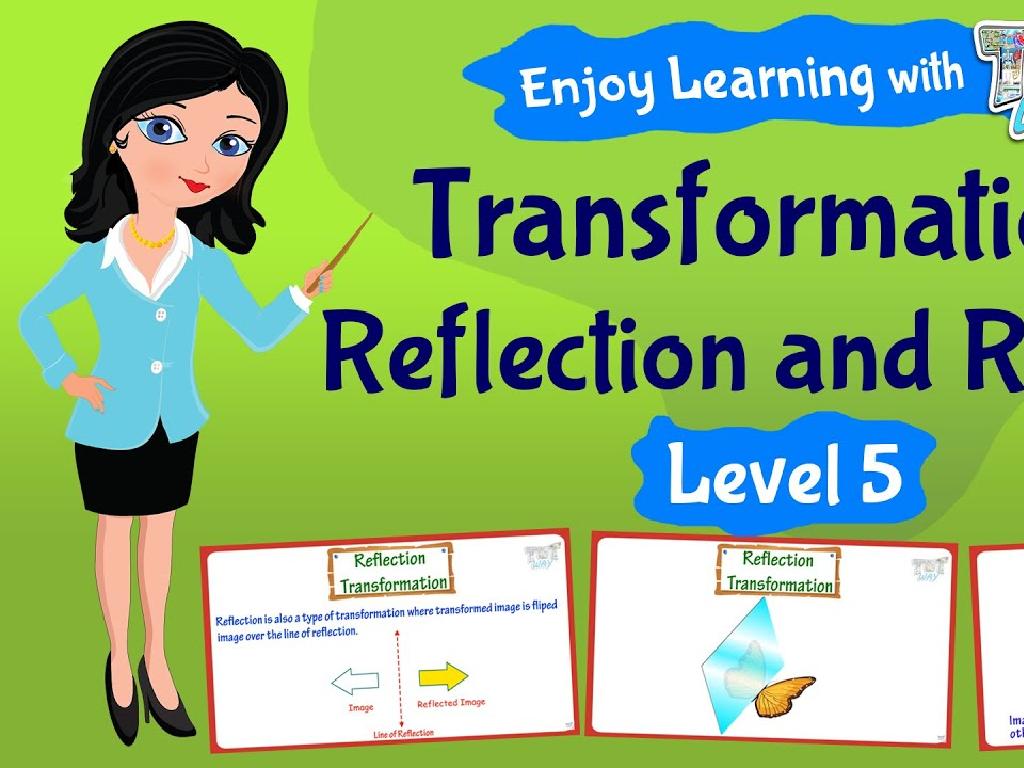Classify Objects By Material
Subject: Science
Grade: First grade
Topic: Materials
Please LOG IN to download the presentation. Access is available to registered users only.
View More Content
Welcome to Materials: Becoming Material Detectives!
– Learn about different materials
– Discover what objects are made of
– Look at your toys. Are they plastic, metal, or wood?
– Become a Material Detective
– Fun activities to explore materials
– We’ll sort objects by material in a game!
|
This slide introduces the concept of materials to first graders, sparking their curiosity about the world around them. The goal is to make them aware that everyday objects are made from various materials such as plastic, metal, wood, glass, and fabric. Encourage the students to observe and touch different objects to understand the texture and properties of the materials. As ‘Material Detectives,’ they will learn to classify objects based on the material they are made from. Prepare a set of common classroom items for the students to sort into categories during the activity. This hands-on experience will help reinforce their understanding of materials and their uses.
Exploring Materials Around Us
– Understanding materials
– Materials make up objects
– Everything we touch has a material
– Common materials: Wood, Plastic
– Examples: Wooden chair, plastic toy
– More materials: Metal, Glass, Fabric
– Examples: Metal spoon, glass window, cotton shirt
|
This slide introduces the concept of materials to first graders. Begin by explaining that materials are substances that objects are made from. Emphasize that everything they can touch is made from some material. Provide relatable examples such as a wooden chair, a plastic toy, a metal spoon, a glass window, and a cotton shirt. Encourage the students to look around the classroom and name objects and their materials to reinforce the concept. This will help them understand the variety of materials that exist in their immediate environment and lay the foundation for categorizing objects based on the materials they are made from.
Exploring Materials: Wood
– Wood is from trees
– Used for furniture and toys
– Touch wood and describe it
– Is it hard or soft? Smooth or rough?
– Wood is a natural material
– It’s important for many objects we use
|
This slide introduces students to wood as a material. Start by explaining that wood is a natural substance that comes from trees. Show examples of items made from wood, such as furniture like chairs and tables, or toys. Have students participate by touching a wooden object to feel its texture. Ask them to describe whether it’s hard or soft, and smooth or rough. This tactile activity helps reinforce their understanding of wood’s properties. Emphasize that wood is an essential material used in many objects we use every day. Encourage students to think about other wooden objects they know.
Exploring Plastic Materials
– Plastic is moldable
– It can be shaped into anything like toys or containers.
– Used for many items
– Find classroom plastic
– Look around and pick any plastic object you can find.
– Is it hard or soft?
– Feel the texture and decide if it’s hard like a lego or soft like a bag.
|
This slide introduces students to the material ‘plastic’ and its properties. Start by explaining that plastic is a versatile material that can be shaped into almost anything, which is why it’s used to make so many different things, from toys to bottles. Encourage the students to look around the classroom for plastic items and interact with them to determine if they are hard or soft. This tactile activity helps students understand the concept of classification by material properties. As they engage with the objects, guide them to notice the differences in texture and flexibility. This will help them grasp that even though items are made of the same material, their properties can vary.
Exploring Metals
– Metals are hard and shiny
– Coins and lunchboxes are metallic
– Pennies, quarters, and metal lunch containers
– Think of other metal objects
– Maybe toys or tools?
– Metals are everywhere
– Look around to find more metal items
|
This slide introduces the concept of metals to first graders. Start by explaining the physical properties of metals, such as being hard and shiny. Show them examples of everyday items made from metal, like coins and some lunchboxes. Encourage the students to engage by thinking of other objects made of metal that they come across in their daily lives. This could include toys, tools, or even parts of furniture. The aim is to help them recognize and classify objects by the materials they are made from, fostering observational skills and understanding of materials in their environment.
Exploring Materials: Glass vs. Fabric
– Glass: used for windows
– Fabric: used for clothes
– Glass can break easily
– Remember, glass can shatter if dropped!
– Fabric is soft and comfy
– Fabric feels nice to touch and wear
|
This slide introduces students to two different materials: glass and fabric. Explain that glass is a hard and transparent material often used to make windows and can be fragile, meaning it can break into pieces if not handled carefully. In contrast, fabric is a material that is soft to the touch and is commonly used to make clothes. It’s comfortable and safe to play with. Encourage the children to think about objects in their homes made of glass and fabric and discuss the importance of handling glass carefully. You can also bring fabric samples for them to touch and feel the difference.
Classifying Materials by Type
– Sorting objects by material
– Create groups: Wood, Plastic, Metal, Glass, Fabric
– Consider material before sorting
– Class activity: Material Match-up
– Find objects in the classroom that fit into each material category
|
This slide introduces the concept of classifying objects based on the materials they are made from. It’s a hands-on activity designed to help first graders understand the different types of materials and their properties. Encourage the students to touch and feel the objects to determine what material they are made of. Provide a variety of objects for the students to sort into groups labeled Wood, Plastic, Metal, Glass, and Fabric. Guide them to think about the characteristics of each material as they classify the objects. For example, wood is hard and might come from trees, while fabric is soft and can be used to make clothes. This activity will help students to visually and physically categorize objects, reinforcing their understanding of materials in a fun and interactive way.
Class Activity: Material Hunt
– Let’s go on a Material Hunt
– Find objects of different materials
– Look for Wood, Plastic, Metal, Glass, Fabric
– Bring them to our Detective Station
– Discuss what materials they’re made of
|
This activity is designed to help students identify and classify objects based on the material they are made from. It encourages exploration and hands-on learning. Provide clear instructions for the students to search for items made of wood, plastic, metal, glass, or fabric within the classroom. Ensure safety by guiding them to choose items that are safe to handle and not too heavy or fragile. Once they bring the items to the ‘Material Detective Station,’ facilitate a discussion where each student presents their object and explains the material it’s made from. This will reinforce their understanding of different materials and their properties. Possible variations of the activity could include grouping items by material, discussing the uses of each material, or even sorting which materials are recyclable.
Show and Tell: Material Hunt Discoveries
– Share your Material Hunt finds
– Describe what materials were used
– Is it made of wood, plastic, metal, or fabric?
– Explain why you think so
– Use clues like texture, hardness, and weight
– Remember, every find is a discovery!
|
This slide is for a class activity where students will present objects they found during a ‘Material Hunt.’ Encourage them to describe the material of the object (e.g., wood, plastic, metal, fabric) and explain their reasoning based on the object’s characteristics like texture, color, weight, and flexibility. Reinforce that the goal is exploration and learning, not right or wrong answers. For the teacher: Prepare to guide the discussion by asking probing questions that help students think about the properties of materials. Have a list of possible materials and their properties for reference. Suggest they consider how the object is used and what properties the material has that make it suitable for that purpose. Celebrate all contributions to foster a positive learning environment.
Great Job, Material Detectives!
– Congratulations on learning classification!
– Objects can be sorted by material
– Like wood, metal, plastic, or fabric
– Keep exploring your surroundings
– Discovery makes learning fun!
– Use your new skills to find more examples
|
This slide is meant to congratulate the students on their achievement in learning how to classify objects based on the materials they are made of. It’s a wrap-up slide that encourages them to continue applying their knowledge outside of the classroom. The teacher should emphasize the importance of observation and exploration in learning. Encourage the students to look around their homes or in nature to find objects and think about the materials they are made of. This will help reinforce their understanding and make them more curious about the world around them. The teacher can also suggest a simple at-home activity where students group their toys or household items by material to practice what they’ve learned.






